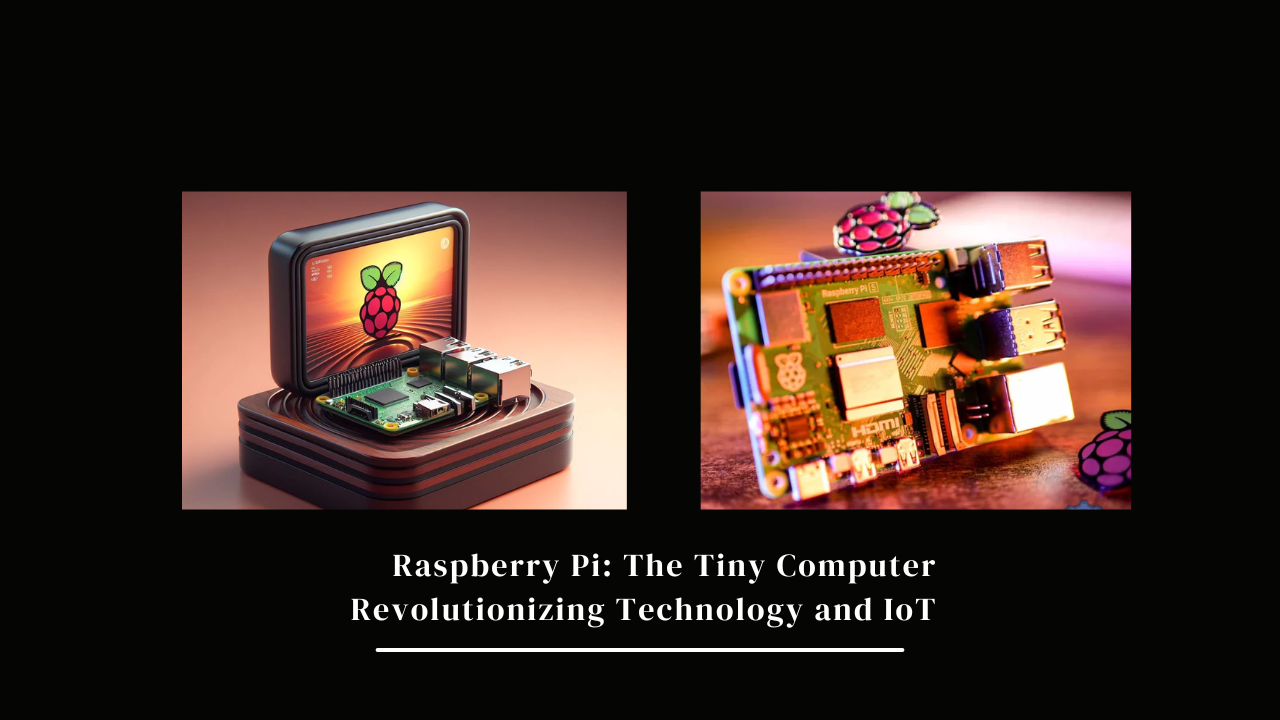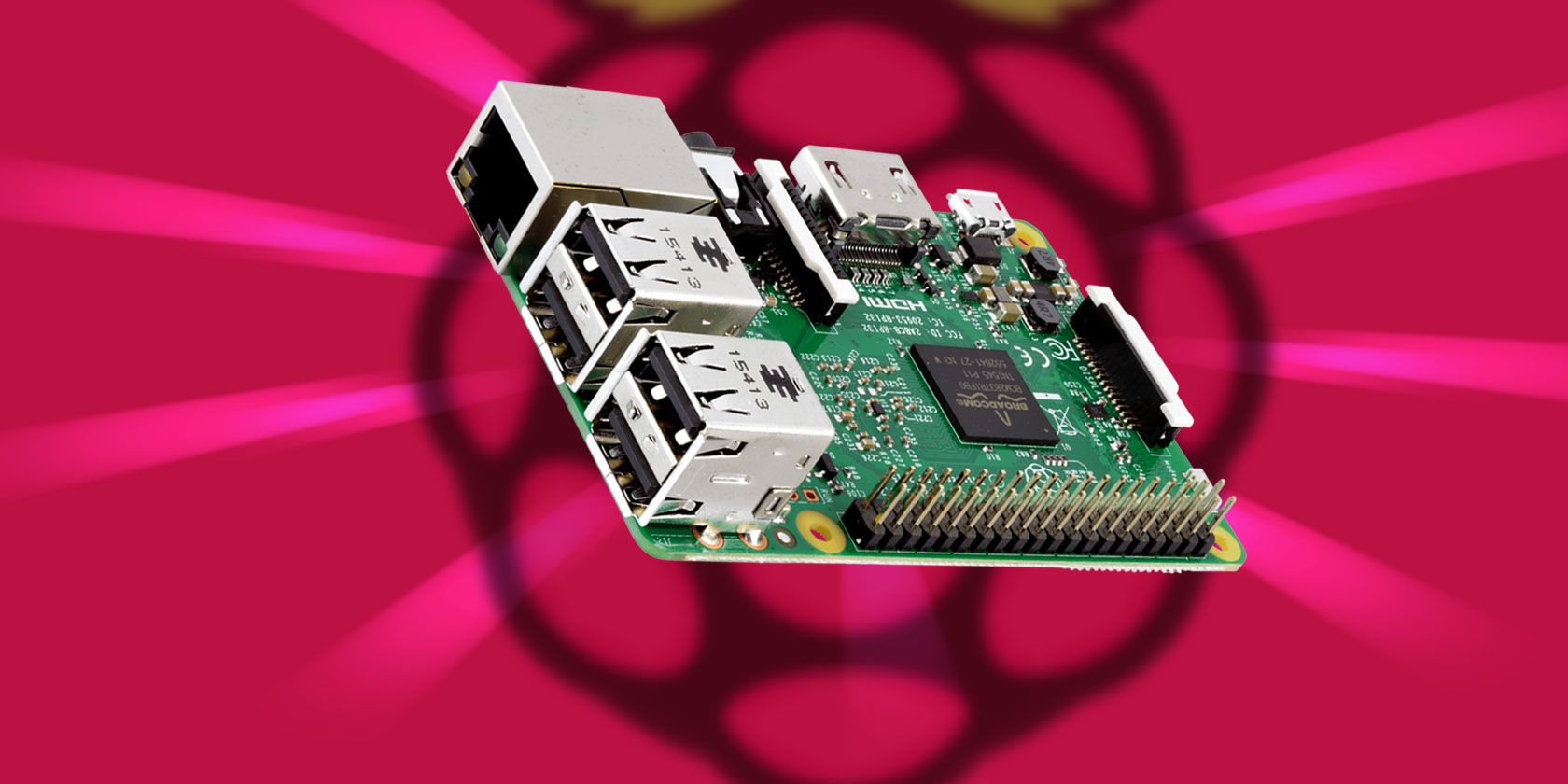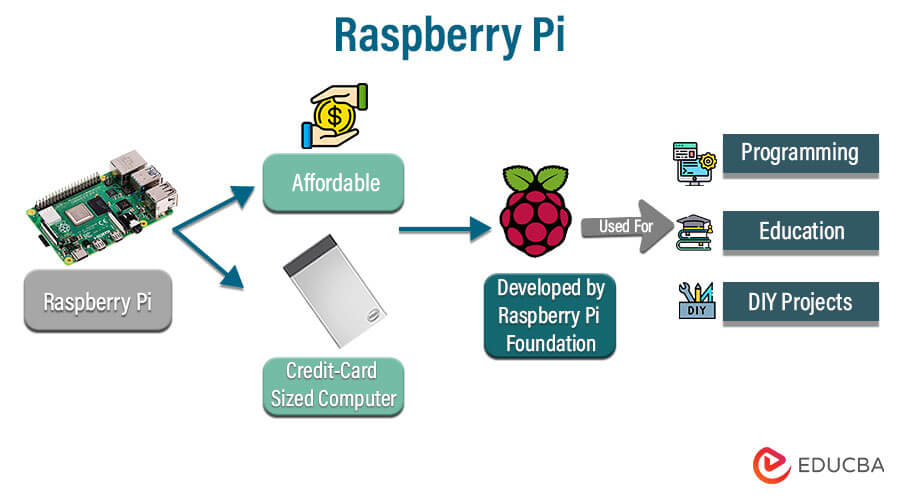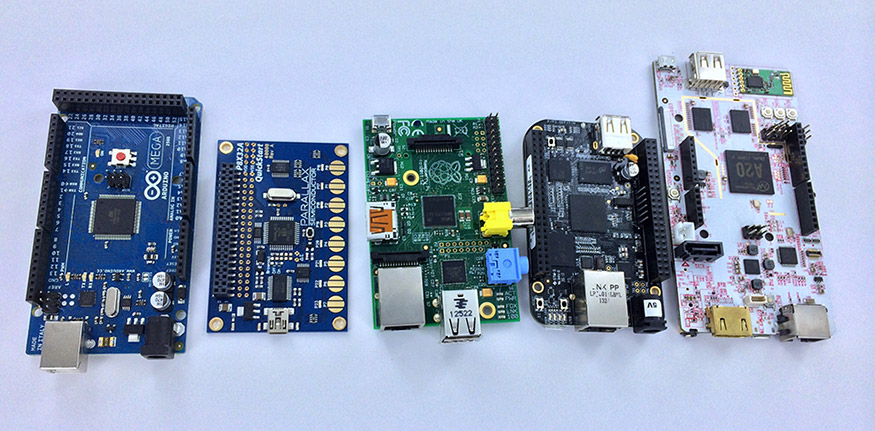Raspberry Pi: The Tiny Computer Revolutionizing Technology and IoT
 Aakashi Jaiswal
Aakashi Jaiswal
Imagine a computer so small it fits in the palm of your hand, yet powerful enough to drive complex technological innovations. That's the Raspberry Pi, a game-changing microcomputer that has transformed how we think about computing, learning, and creating smart technologies.
The Raspberry Pi Revolution: More Than Just a Small Computer

Raspberry Pi isn't just a miniature computer—it's a global phenomenon that has democratized technology in ways no one could have predicted. Since its launch in 2012, this credit-card-sized device has empowered millions of people worldwide, from students and hobbyists to professional engineers and entrepreneurs.
Why Raspberry Pi Matters

-Affordability and Accessibility At just around $35, Raspberry Pi has made computing and programming accessible to people who previously couldn't afford expensive hardware. Schools, developing countries, and tech enthusiasts can now experiment with cutting-edge technology without breaking the bank.
-Educational Powerhouse The Raspberry Pi Foundation's primary mission was education. By creating an affordable, versatile computer, they've enabled students to learn programming, electronics, and computer science in a hands-on, engaging way. Kids as young as eight are now building robots, creating games, and understanding complex technological concepts.
-Incredible Versatility From home automation and robotics to weather stations and retro gaming consoles, Raspberry Pi can do almost anything. Its adaptability makes it a favorite among makers, researchers, and innovators who want to prototype ideas quickly and cost-effectively.
Key Components of IoT Products: Building Smart, Connected Devices
As Raspberry Pi continues to inspire innovation, understanding the critical components of IoT (Internet of Things) products becomes crucial. Here are the essential elements that transform ordinary devices into smart, interconnected systems:
1. Microcontrollers and Single-Board Computers

Raspberry Pi exemplifies this category perfectly. These compact computing units are the brains of IoT devices, responsible for:
-Processing data
-Running algorithms
-Controlling connected components
-Managing communication protocols
Other popular platforms include Arduino, ESP32, and BeagleBone, each with unique strengths for different IoT applications.
2. Sensors: The Eyes and Ears of IoT
Sensors are the data collection mechanism in IoT products. They transform physical phenomena into electrical signals that can be processed and analyzed. Some critical sensor types include:
-Temperature Sensors: Monitor environmental conditions
-Motion Sensors: Detect movement and trigger actions
-Humidity Sensors: Track moisture levels
-Pressure Sensors: Measure force and fluid dynamics
-Light Sensors: Detect ambient light and enable adaptive systems
3. Communication Modules
For IoT devices to be truly "smart," they need robust communication capabilities:
-Wi-Fi Modules: Enable internet connectivity
-Bluetooth Modules: Support short-range communication
-Cellular Modules: Allow communication through mobile networks
-LoRaWAN: Support long-range, low-power communication for remote applications
4. Power Management Systems
Efficient power consumption is critical in IoT devices. Components include:
-Rechargeable batteries
-Solar panels
-Energy harvesting circuits
-Low-power microcontrollers
-Smart charging management systems
5. Cloud Connectivity and Data Processing
Modern IoT products leverage cloud platforms for:
-Data storage
-Advanced analytics
-Remote device management
-Machine learning integration
Platforms like AWS IoT, Google Cloud IoT, and Microsoft Azure IoT provide comprehensive ecosystems for developing and scaling IoT solutions.
Real-World Impact: Raspberry Pi and IoT in Action
Smart Agriculture
Farmers use Raspberry Pi-powered systems to monitor crop conditions, automate irrigation, and optimize resource usage. Sensors track soil moisture, temperature, and nutrients, helping increase crop yields while reducing water consumption.
Healthcare Innovations
Wearable health devices powered by IoT technologies can monitor patient vital signs, detect anomalies, and provide real-time health insights to medical professionals.
Home Automation
From smart thermostats to security systems, IoT devices are transforming how we interact with our living spaces, making them more efficient, secure, and convenient.
The Future is Connected
Raspberry Pi and IoT technologies are not just trends—they represent a fundamental shift in how we interact with technology. By making complex systems accessible and affordable, these innovations are democratizing technological progress.
Whether you're a student, entrepreneur, or tech enthusiast, now is an exciting time to explore the world of Raspberry Pi and IoT. The only limit is your imagination.
Subscribe to my newsletter
Read articles from Aakashi Jaiswal directly inside your inbox. Subscribe to the newsletter, and don't miss out.
Written by

Aakashi Jaiswal
Aakashi Jaiswal
Coder | Winter of Blockchain 2024❄️ | Web-Developer | App-Developer | UI/UX | DSA | GSSoc 2024| Freelancer | Building a Startup | Helping People learn Technology | Dancer | MERN stack developer